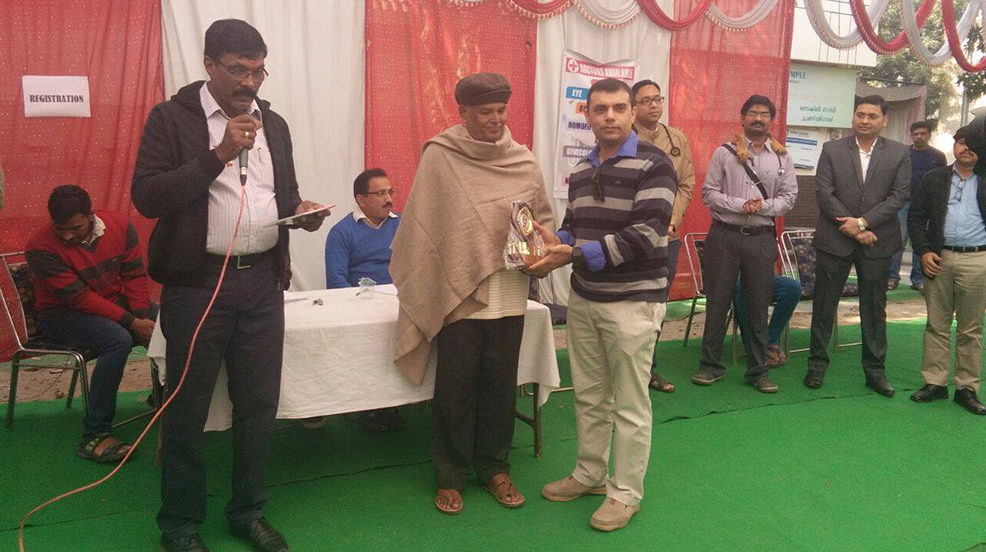Introduction
Golfer’s elbow, medically known as medial epicondylitis, is a common overuse injury that affects the tendons on the inner side of the elbow. Despite its name, this condition can afflict not only golfers but anyone who repeatedly performs gripping or wrist-flexing motions. In this article, we will explore the causes, symptoms, treatment options, and preventive measures for golfer’s elbow.
Causes of Golfer’s Elbow
Golfer’s elbow typically develops due to repetitive stress on the forearm muscles and tendons. The primary causes include:
- Repetitive Motion: Activities that involve repetitive wrist flexion and gripping, such as golf swings, tennis strokes, weightlifting, and even activities like typing or using a computer mouse, can lead to golfer’s elbow over time.
- Overuse: Engaging in these activities excessively or without proper technique can strain the tendons, leading to microtears and inflammation at the medial epicondyle (the bony bump on the inner side of the elbow).
- Age: As individuals age, their tendons become less flexible and more susceptible to injury, making older adults more prone to golfer’s elbow.
Symptoms of Golfer’s Elbow
The most common symptoms of golfer’s elbow include:
- Pain: Persistent pain on the inner side of the elbow, which may radiate down the forearm.
- Weakness: Weakness in the affected arm, particularly when gripping or lifting objects.
- Stiffness: Stiffness and limited range of motion in the elbow joint.
- Tenderness: Tenderness or swelling at the site of the injury, often exacerbated by pressing on the inner elbow.
Treatment Options
- Rest and Activity Modification: The first step in treating golfer’s elbow is to rest the affected arm and avoid activities that worsen the pain. This may involve modifying or temporarily discontinuing sports or repetitive tasks.
- Ice and Compression: Applying ice and using compression can help reduce inflammation and alleviate pain. Use a cold pack for 15-20 minutes several times a day.
- Anti-Inflammatory Medications: Nonsteroidal anti-inflammatory drugs (NSAIDs) can help manage pain and reduce inflammation when used under a doctor’s guidance.
- Physical Therapy: A physical therapist can design exercises to strengthen the forearm muscles and improve flexibility. They may also employ techniques such as ultrasound or massage to promote healing.
- Bracing: Wearing a brace or splint can provide support and limit stress on the injured tendons, aiding in the healing process.
- Corticosteroid Injections: In severe cases, a doctor may recommend corticosteroid injections to reduce inflammation and pain.
- Shockwave Therapy: This non-invasive treatment uses high-energy sound waves to stimulate healing in the affected area.
- Platelet-Rich Plasma (PRP) Therapy: PRP therapy involves injecting a concentration of a patient’s own platelets into the injured area to promote tissue repair.
Preventive Measures
Preventing golfer’s elbow primarily involves taking steps to reduce the risk of overuse and strain:
- Proper Technique: Whether it’s a sport or a work-related task, ensure you use proper form and technique to avoid placing excessive stress on the elbow.
- Warm-Up: Always warm up before engaging in activities that involve repetitive arm movements.
- Strength and Flexibility Exercises: Incorporate exercises that target forearm strength and flexibility into your fitness routine.
- Ergonomics: If your job involves repetitive tasks, consider ergonomic adjustments to reduce strain, such as using an ergonomic keyboard and chair.
- Rest and Recovery: Allow your body sufficient time to recover between strenuous activities.
Conclusion
Golfer’s elbow is a common condition that can cause discomfort and limit your ability to perform daily tasks and recreational activities. By understanding its causes, recognizing the symptoms, and implementing preventive measures, you can reduce your risk of developing golfer’s elbow. If you do experience symptoms, seeking prompt treatment and following a rehabilitation plan can help you recover and regain full functionality in your elbow. Always consult a healthcare professional for a proper diagnosis and personalized treatment recommendations.




